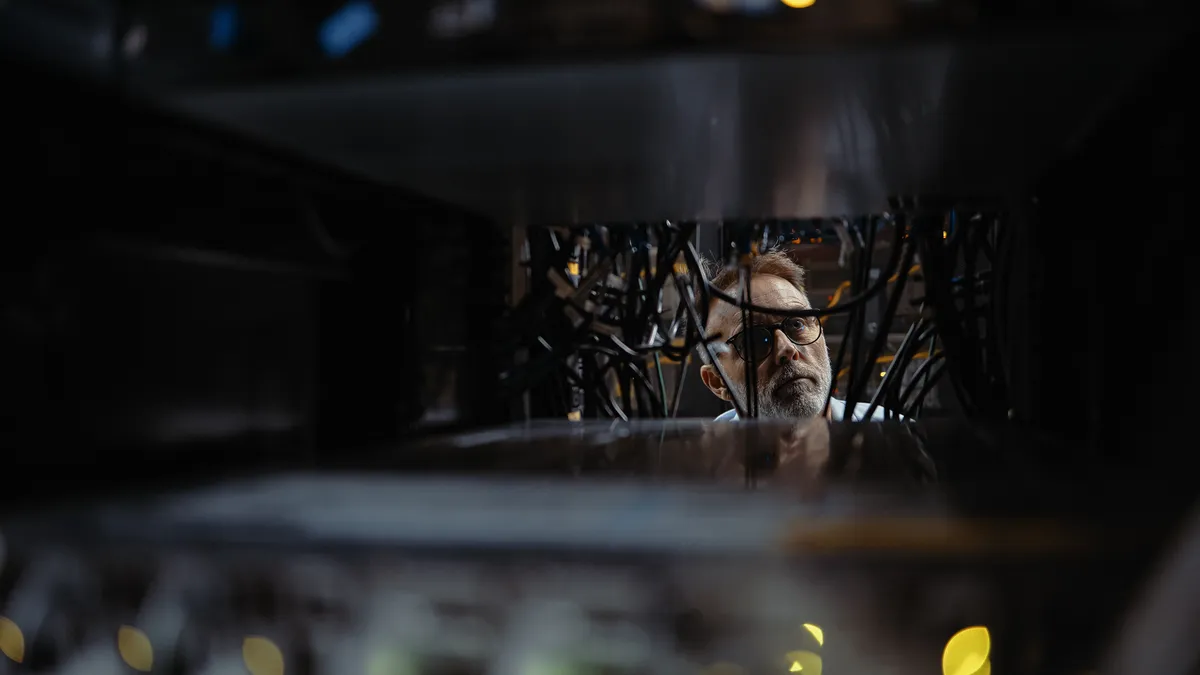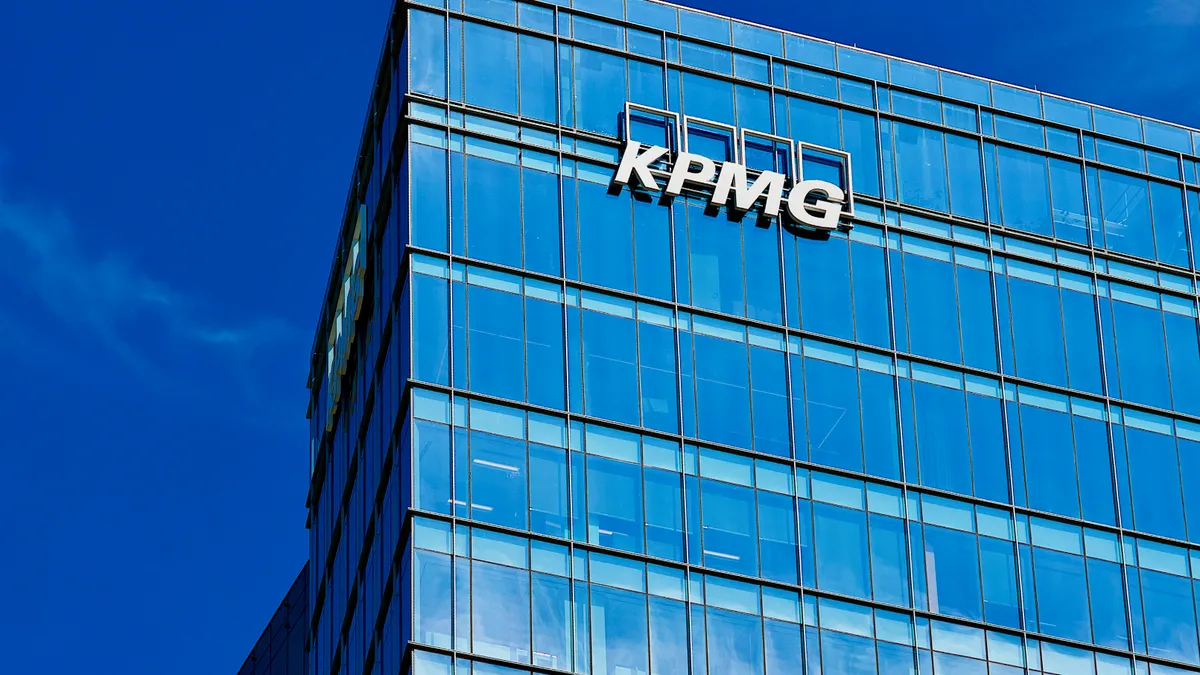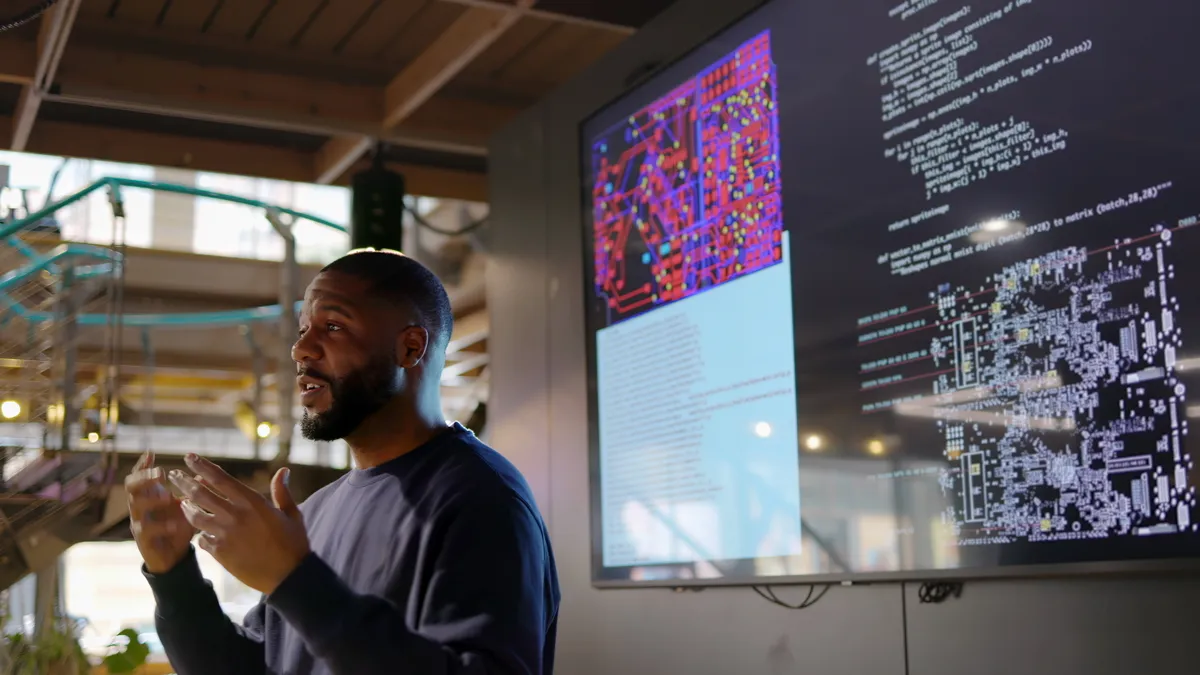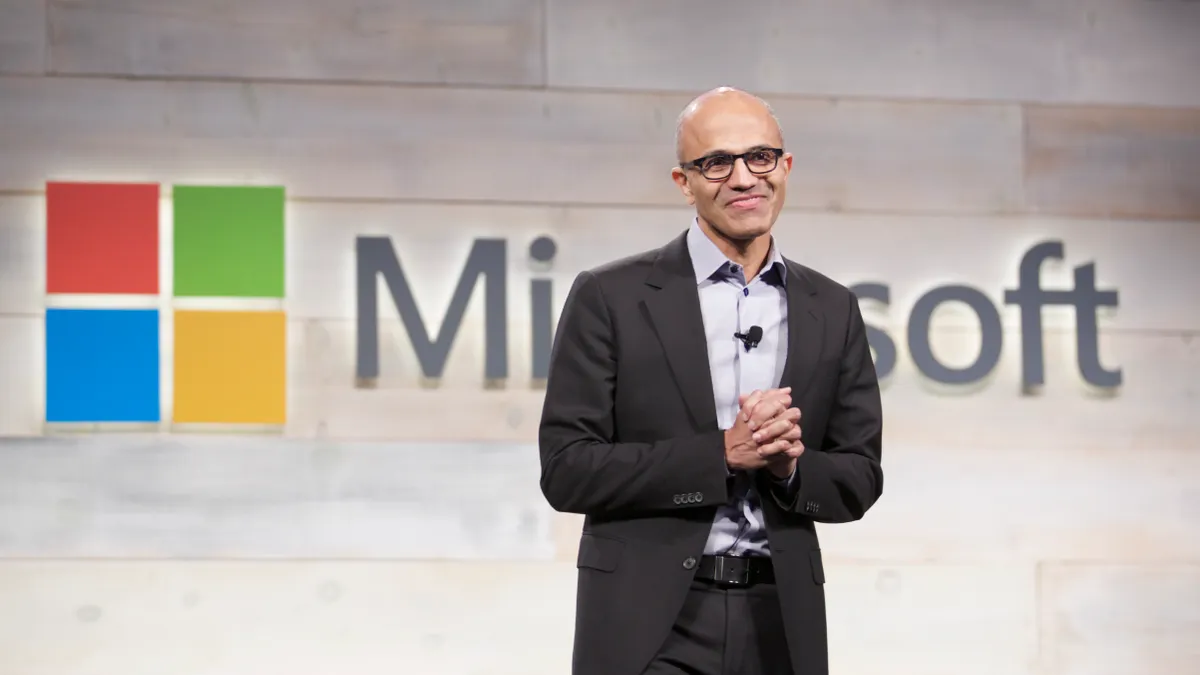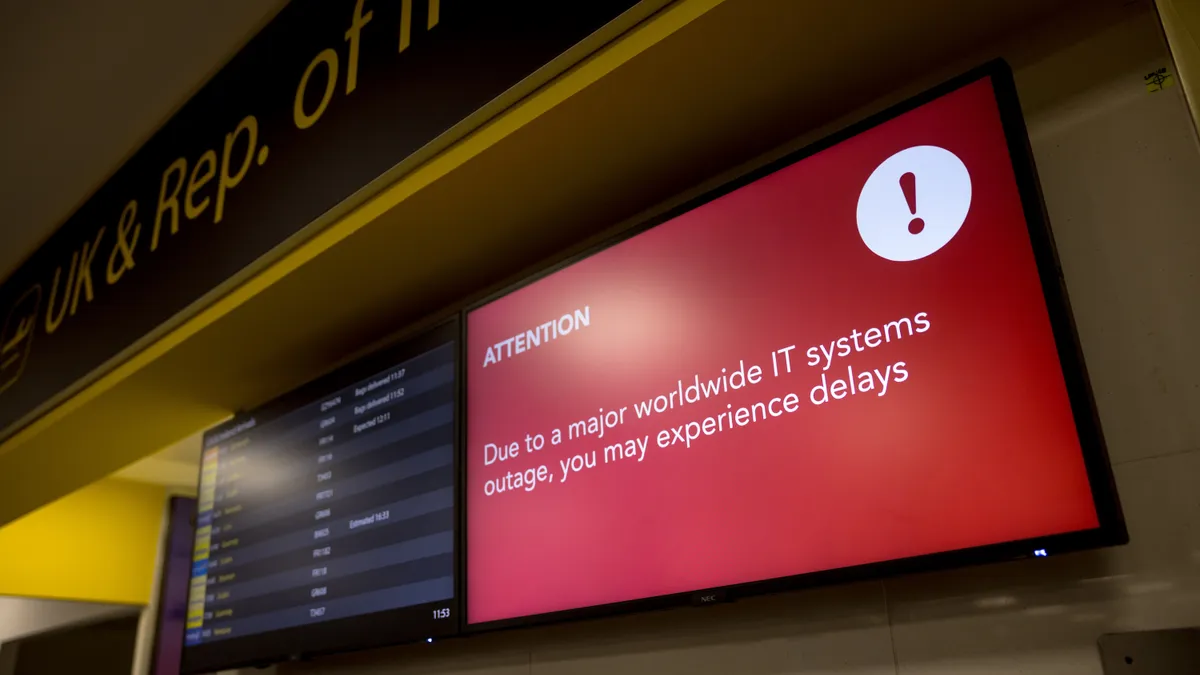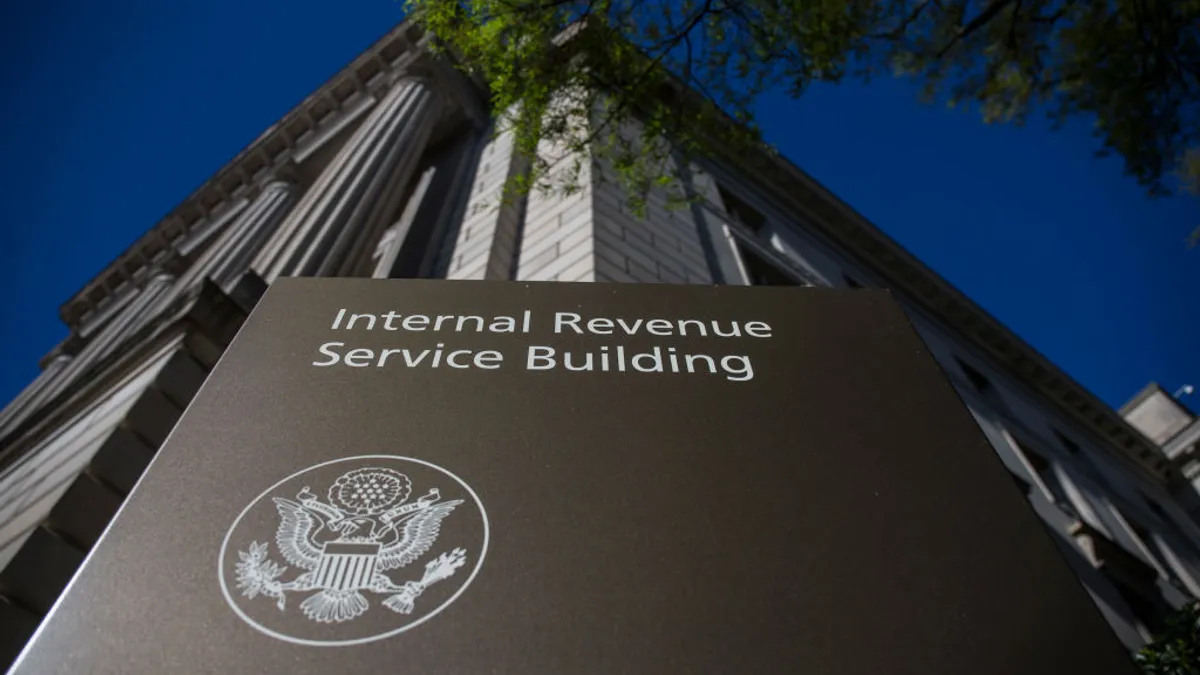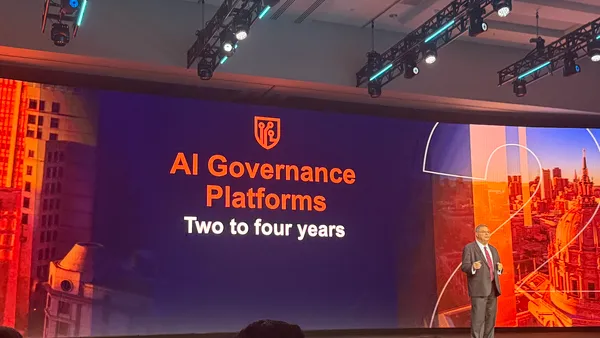CIOs quickly got their company's attention when it was time to send most of the workforce home. In the C-suite, pressed by circumstance, execs paved the way to reworked operations.
The early response to double down on a digital business strategy came straight from the board of directors, said Chris Howard, chief of research at Gartner. As early as March, board members said there was a mandate to accelerate digital business efforts.
"It wasn't an aspirational thing," said Howard. "It was a 'we are doing it' thing."
In moments of change, a "human, resilient reaction" was amplified to the enterprise, said Howard. This response shapes Gartner's CIO Agenda for 2021, a roadmap to how tech executives can capitalize on what became their starring moment. The firm surveyed 1,877 CIO respondents in 74 countries.
Businesses accelerated digital adoption as physical locations went dark. The e-commerce backbone at most retail businesses was unprepared to scale alongside the increase in demand, he said. Acceleration also took place in the rapid shift to scalable remote work, and the associated use of digital tools to fit the whole company.
Now, businesses are working to prepare for whatever disruption the future may hold. And reaction will be swift, compared to years past.
Here are four strategies laid out by Gartner's CIO Agenda for 2021:
Win differently
More than three-quarters of survey respondents say demand for new digital products and services rose in 2020. Another 83% expect it to increase next year.
With added pressure on digital channels, top-performing companies use digital channels more aggressively to reach customers and are faster to deploy new products and services in the digital realm.
Companies that increased use of digital channels to reach their customers are "3.5 times more likely to be a top performer than a trailing performer," according to the survey.
Unleash force multipliers
The profile of the CIO rose in leadership's eyes. In times of trouble, the executive became an advisor who's essential for sustaining operations past the disruption.
"There's an expectation from the CEO or equivalent that the CIO is the executive responsible for leading digital efforts in terms of education, and being a consultant to the lines of business," said Howard. The executive will help organizations "understand what digital could be," even though they won't always be responsible for its delivery.
Seven in 10 CIOs say they deepened their knowledge of specific business processes during the pandemic in order to better advise.
Banish drag
During its Monday keynote, Gartner emphasized the "composable business," which highlights an organization capable of responding quickly to change. It adapts thinking, technology and critical business processes to rise to the challenges ahead.
Chasing customers digitally will require "modernization deep in the legacy environment," Howard said.
Organizations can't afford to let technology slow the business down, but decision-making must accelerate in order to keep up.
In the past, technology implementation decisions needed to go through multiple approval processes, internal education cycles on the virtues of a project and the general politics of doing business. "That all sped up, because it had to," Howard said.
Companies are "removing the ritual from decision," as businesses reimagine what it means to be an agile enterprise. It's the kind of change that has staying power.
Redirect resources
In July, Gartner projected global IT spend will contract by 7.3% in 2020, as budgets reeled amid financial uncertainty.
CIOs say they expect a 2% IT budget increase in 2021, on average. It's a small dip from last year's survey, when CIOs anticipated a 2.8% increase. Organizations that upped funding of digital innovation initiatives are "2.7 times more likely to be a top performer than a trailing performer," according to the survey.
"You're seeing investment in things that are either revenue generating, like creating customer value, or understanding customer behavior, or towards automation and similar things to optimize the environment," Howard said. "The investment tends to be heading there.






